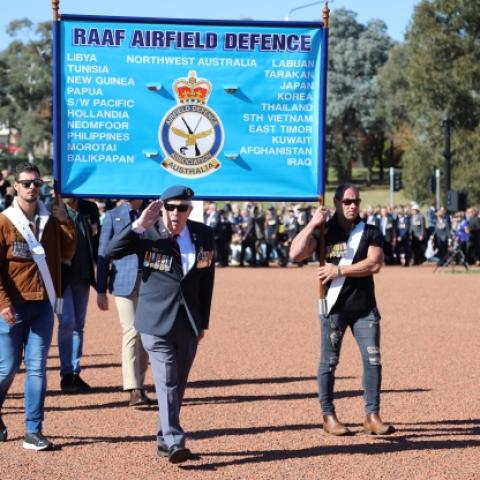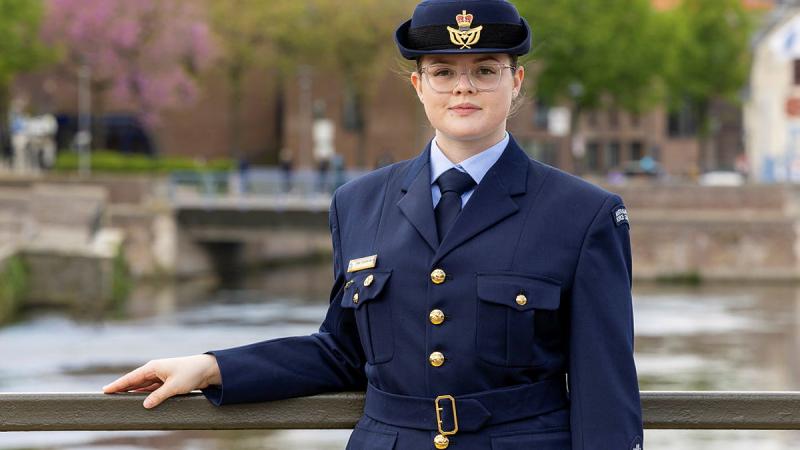
Key points:
|
The Australian Transport Safety Bureau has released the final report from its investigation into the mid-air collision between two training aircraft near Mangalore, Victoria, on 19 February 2020, identifying contributing safety factors to the accident relating to self-separation in non-controlled airspace.
The report details that shortly before 11.00am, a twin-engine Beech Travel Air departed from Tyabb Airport for a return Instrument Flight Rules (IFR) training flight to and from Mangalore Airport – a non-controlled airport in Class G airspace – with a student pilot and an instructor onboard. At around the same time, a pilot under examination and flight examiner were at Mangalore Airport preparing for an instrument rating flight test in a twin-engine Piper Seminole.
While the Travel Air was on descent and the Seminole was on climb, the two aircraft collided at an altitude of around 4,100 feet about 8 km (4 nm) south of Mangalore Airport. Tragically, all four pilots were fatally injured and both aircraft were destroyed.
Prior to the collision, the pilots of each aircraft had been provided with traffic information about the other aircraft, in accordance with procedures, by an air traffic controller in Melbourne Centre. In addition, other pilots monitoring the common traffic advisory frequency (CTAF) radio channel for the Mangalore area reported hearing pilots from both aircraft make radio broadcasts, but had no recollection of hearing them speaking directly to each other.
The accident was the first mid-air collision in Australia between two civilian aircraft operating IFR under procedures that have been in place for many decades.
“The ATSB identified that, following receipt of verbal traffic information provided to both aircraft by air traffic control, the pilots did not successfully manoeuvre or establish direct radio communications to maintain separation, probably due to the collision risk not being recognised,” said ATSB Chief Commissioner Angus Mitchell.
“The investigation also determined that while it is probable the aircraft were in instrument meteorological conditions at the time of the collision, due to extensive cloud in the area, the known limitations of the ‘see-and-avoid’ principle meant that the pilots were unlikely to have seen each other in sufficient time to prevent the collision even in clear weather.”
In non-controlled airspace, irrespective of whether an aircraft is operated under instrument or visual flight rules, pilots are responsible for separation from other aircraft.
“As such, if made aware of traffic, either via advice from air traffic control, a received broadcast, or any other means, it is vitally important for pilots that the traffic is hazard assessed and, if necessary, a plan is established to assure separation.”
Mr Mitchell stated that self-separation using broadcast traffic advice is subject to human error, even when it involves experienced pilots.
“The ATSB notes that had the aircraft been operating in controlled airspace, they would have been positively separated by air traffic control, and therefore the collision would have been unlikely to have occurred, and while the available evidence in this investigation does not support a conclusion that the present system of self‑separation in Mangalore airspace is unsafe, there is an opportunity to reduce safety risk further.
“The ATSB supports systemic enhancements to the overall Australian air traffic system that have been assessed by regulatory and air traffic specialists, in keeping with their obligations, as providing a net overall safety increase.”
Mr Mitchell noted in this accident that while the pilots were responsible for self-separation within the Mangalore CTAF area, they did not have access to the same surveillance data radar or automatic dependent surveillance broadcast (ADS-B) information that was available to air traffic control.
“As a result, the pilots were required to make timely decisions to avoid a collision without the best available information,” he said
“Consequently, the ATSB strongly encourages the fitment and use of ADS-B transmitting, receiving and display devices in all general and recreational aviation aircraft, as these devices can significantly assist pilots with the identification and avoidance of conflicting traffic,” Mr Mitchell said.
ADS-B is a system which transmits GPS-derived position data, aircraft identification and other aircraft performance parameters. In Australia, all aircraft operating under the IFR are required to be fitted with ADS-B broadcast (or ADS-B OUT).
Both accident aircraft were fitted with ADS-B OUT, but neither aircraft was fitted with a system to receive ADS-B information directly from other aircraft (known as ADS-B IN), and nor were they required to be.
“The continuous positional information that ADS-B provides, when used with a relevant alerting capability enabled, can assist in highlighting a developing situation many minutes before it becomes hazardous – a significant improvement on both point-in-time radio traffic advice and ‘see and avoid’.”
Mr Mitchell noted that in December 2021, the Department of Infrastructure announced a $30 million fund to provide rebates to general aviation aircraft operators to fund up to $5,000 or 50% of the cost of installing ADS-B transponder technology into their aircraft.
“When details of that fund are finalised, the ATSB looks forward to further highlighting the benefits of ADS-B, and in particular ADS-B IN, to the aviation community.”
You can find here the final report: AO-2020-012 – Mid-air collision involving Piper PA-44-180 Seminole, VH-JQF, and Beech D95A Travel Air, VH-AEM, 8 km south of Mangalore Airport, Victoria, on 19 February 2020







